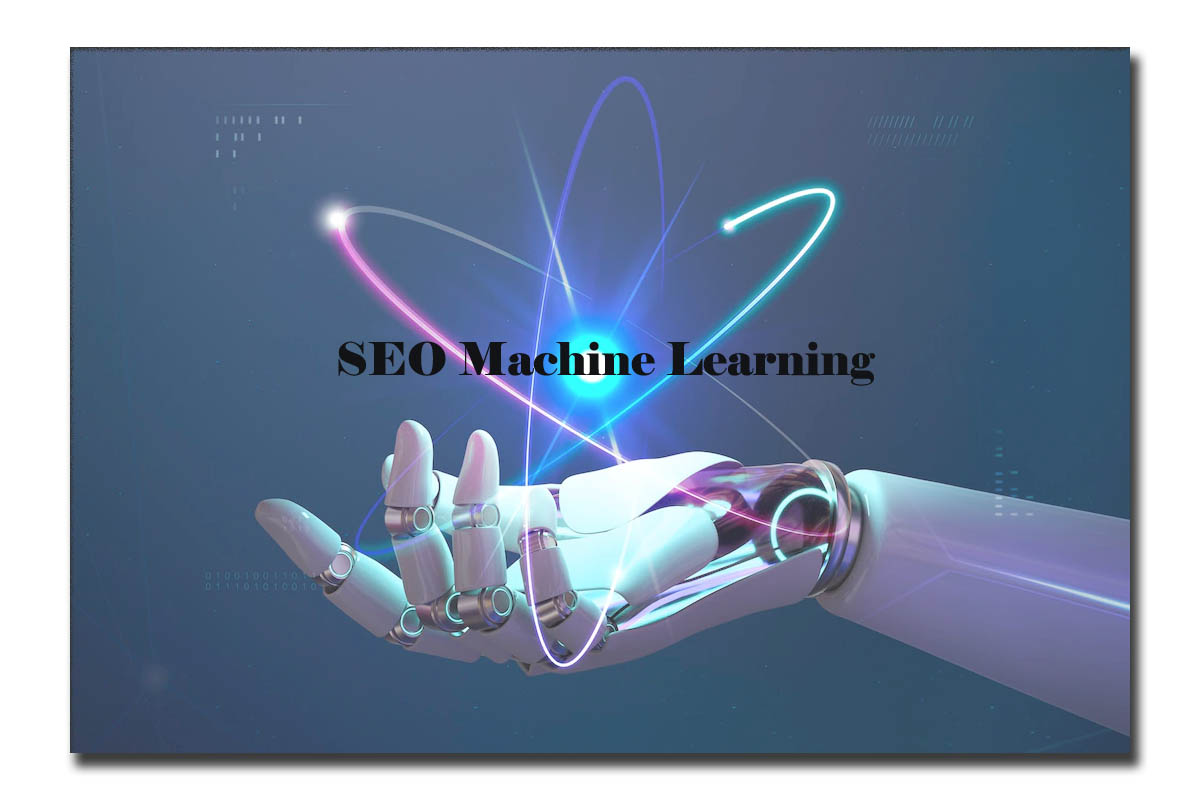SEO Machine Learning
Introduction
SEO machine learning can be defined as the algorithm where marketers can understand the trends in user behavior which will further help you to make decisions about SEO and marketing on big data. However, it is always a challenge to work on SEO.
So to stand out in this marketing business, you need to learn SEO machine learning and AI technologies at the same time. Since these things are making the assets of the market more accurate, businesses are more successful and ultimately leading the customers to be more satisfied.
You don’t need to get lost in this algorithm maze. You just need to focus on two things:
Are the end users getting the results they want when they look for something in the search query?
It is essential to understand how machine learning algorithm works to maximize ROI. This article teaches about SEO machine learning algorithms that will help you with keyword ranking and content creation and tackle a successful business.
Learning to Rank (LTR) – SEO Machine Learning
The learning-to-rank algorithm is used when you want to solve keyword relevancy problems since users expect the search results to be populated and ranked in order of relevancy. The LTR is divided into three steps:
- Pointwise
- Listwise
- Pairwise
Pointwise assess the relevance score of one document against the keywords.
Listwise uses a more complicated algorithm that is based on the probabilities to rank based on search result relevance.
And pairwise compares each document against the keyword and then includes another document in the calculations.
Information Retrieval Algorithm – SEO Machine Learning
Information retrieval is the robust algorithm of machine learning. It uses keywords to determine the accuracy of the users’ search query. These kinds of algorithms are sharp, powerful and up to a point.
This is why SEO software SE ranking uses the form called Elastic search. It basically provides marketers with a list of keywords built using input from the users.
The information retrieval algorithm follows these four steps to process:
- Gets the users’ query
- Break up the keywords
- Pull an initial list of relevant documents
- Then apply the score and rank each document.
K-means Clustering Algorithm
The k-means clustering algorithm is part of unsupervised learning partitioning methods. In other words, it means it is a type of machine learning that is used to break down unlabeled data into meaningful categories.
Suppose, for example, you have a café you want to divide your entire set of customers into smaller segments; here, you can use k-means clustering to identify different customer groups.
This will help you create specific marketing campaigns and promotions targeted to each customer segment, which means more efficiently using your marketing budget.
The different and unique thing about the k-means clustering algorithm is that it allows you to predefine how many categories you would like the algorithm to produce from the data.
K-nearest Neighbors Algorithm
The k-nearest neighbor algorithm is the most basic type of algorithm. It is also known as a “lazy learner algorithm.” This is because it classifies the new data based on its similarity to existing data. Let us see how it works.
Say you have an image of a fruit, a persimmon or a tomato, and you want to know which of the two categories it belongs to. The k-nearest neighbor algorithm will compare the features of a new fruit image to a database of persimmon and the database of tomato images. Then based on this, the model will sort the pictures into respective categories.
This is how the k-nearest neighbor algorithm works. Specific programs are available online to learn this algorithm as the course if you want to learn how to implement this algorithm. You can check them out.
Naïve Bayes Algorithm – SEO Machine Learning
The naïve Bayes algorithm is built on the famous Bayes theorem theory. It helps to determine the probabilities of two outcomes, the likelihood of A and B. Now why the name ‘Naïve’ is because it is based on the assumption that the predictor variables are independent.
This tool will help marketers to determine the possibilities of success lead magnets, advertisements, campaigns or keywords, given that you know the relevant features like purchase history or big data concerning your customer base.
The naïve Bayes algorithm is necessary when dealing with many text-based behavior data like customer chatter online.

